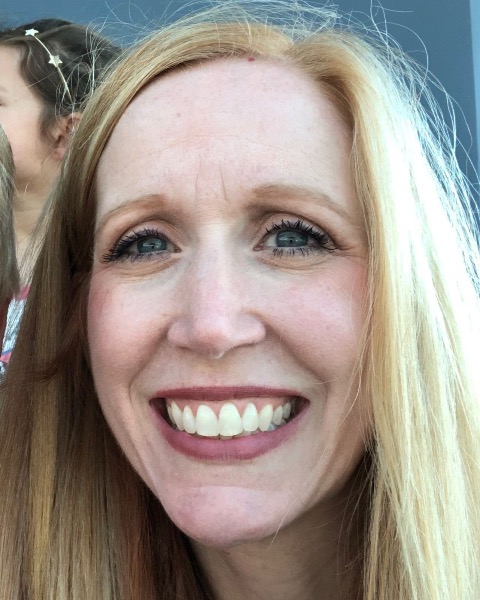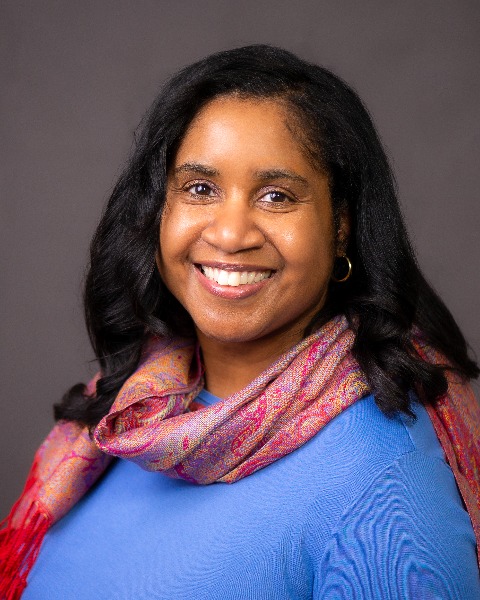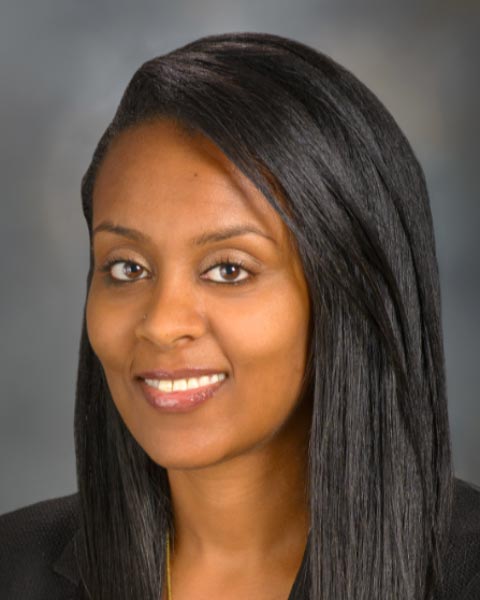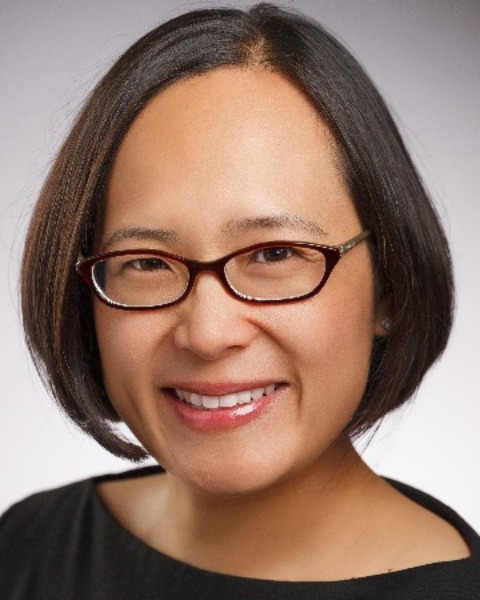Breast
E30: Trends in the Application and Match Rates of the SSO Breast Surgical Oncology Fellowship Program

Kandice K. Ludwig, MD
Associate Clinical Professor of Surgery
Indiana University, United States
Kandice K. Ludwig, MD
Associate Clinical Professor of Surgery
Indiana University, United States
Kathie Ann Joseph, MD, MPH (she/her/hers)
Professor of Surgery
NYU
New York, New York, United States- JJ
Jacqueline S. Jeruss, MD, PhD
Associate Dean for Regulatory Affairs, Professor of Surgery
University of Michigan, United States 
Mediget Teshome, MD (she/her/hers)
Associate Professor
UCLA
Los Angeles, California, United States- EM
Eric Manahan, MD, MBA
General surgeon
Hamilton Physician Group- General Surgery, United States 
Amanda L. Kong, MD, MS
Professor of Surgery
Medical College of Wisconsin
Milwaukee, Wisconsin, United States
ePoster Abstract Author(s)
Author(s)
Submitter(s)
The Society of Surgical Oncology (SSO) has been the primary governing body for accreditation of breast surgical oncology (BSO) fellowship training programs and facilitation of the BSO match. Little data exists regarding the BSO fellowship match and its evolution. The objective of this study was to determine trends in match rates for programs and applicants, assess changes over time, and identify any factors contributing to a successful match. We hypothesized that (1) the number of applicants would increase over time, (2) match rates would decrease over time as breast fellowships increased in popularity, (3) graduates of US medical schools would have higher match rates when compared to non-US medical school graduates.
Methods: The SSO provided BSO match data from 2018-2022, and a retrospective review was performed. Chi-square tests were used to determine temporal trends and match rates by applicant characteristic.
Results:
During the study period, the number of accredited programs increased from 49 to 62 (27% increase) and number of fellowship positions increased from 72 to 85 (18% increase). Although the number of open positions increased over the study period, the number of unmatched positions decreased from 12 in 2018 to 2 in 2022. Additionally, the number of applicants participating in the match increased from 89 to 119 (34% increase). The overall match rate for the entire study period was 82.5%, and remained stable from 2018 to 2022 (83.8% to 76.9%, p=0.35). Over the entire cohort, 72.9% of applicants were graduates of US medical schools, and 27.1% from other countries. Graduates of US medical schools were more likely to match each year when compared to applicants from other countries (p< 0.01). A total of 68.9% were graduates of allopathic programs (MD), 13.9% were graduates of osteopathic programs (DO), and 17.2% were graduates of other programs (MBBS, DBM, MS, MBChB and others). There was no statistical difference in match rates between graduates of allopathic and non-allopathic medical schools (p=0.97).
Conclusions: SSO BSO fellowship match rates have remained stable over time despite an expansion in the number of programs and positions available. This finding suggests increased interest in BSO careers and value in dedicated training in breast disease by applicants. Both allopathic and non-allopathic medical school graduates matched at the same rate. Foreign graduates were less likely to match. Additional research is needed to identify potential disparities in match rates associated with applicants and training programs.
Learning Objectives:
- Upon completion, participants will be able to describe the trend in the number of applicants to breast fellowship programs.
- Upon completion, participants will be able to describe the trend in match rates for breast fellowship programs.
- Upon completion, participants will be able to list differences in match rates between graduates of US medical schools and foreign medical schools for breast fellowship programs.
